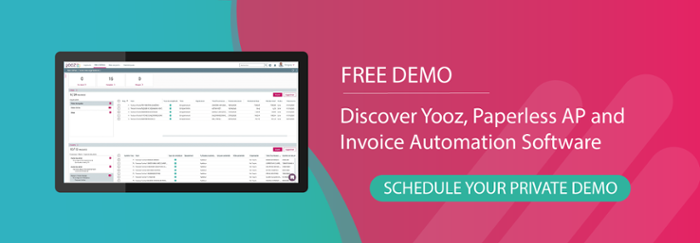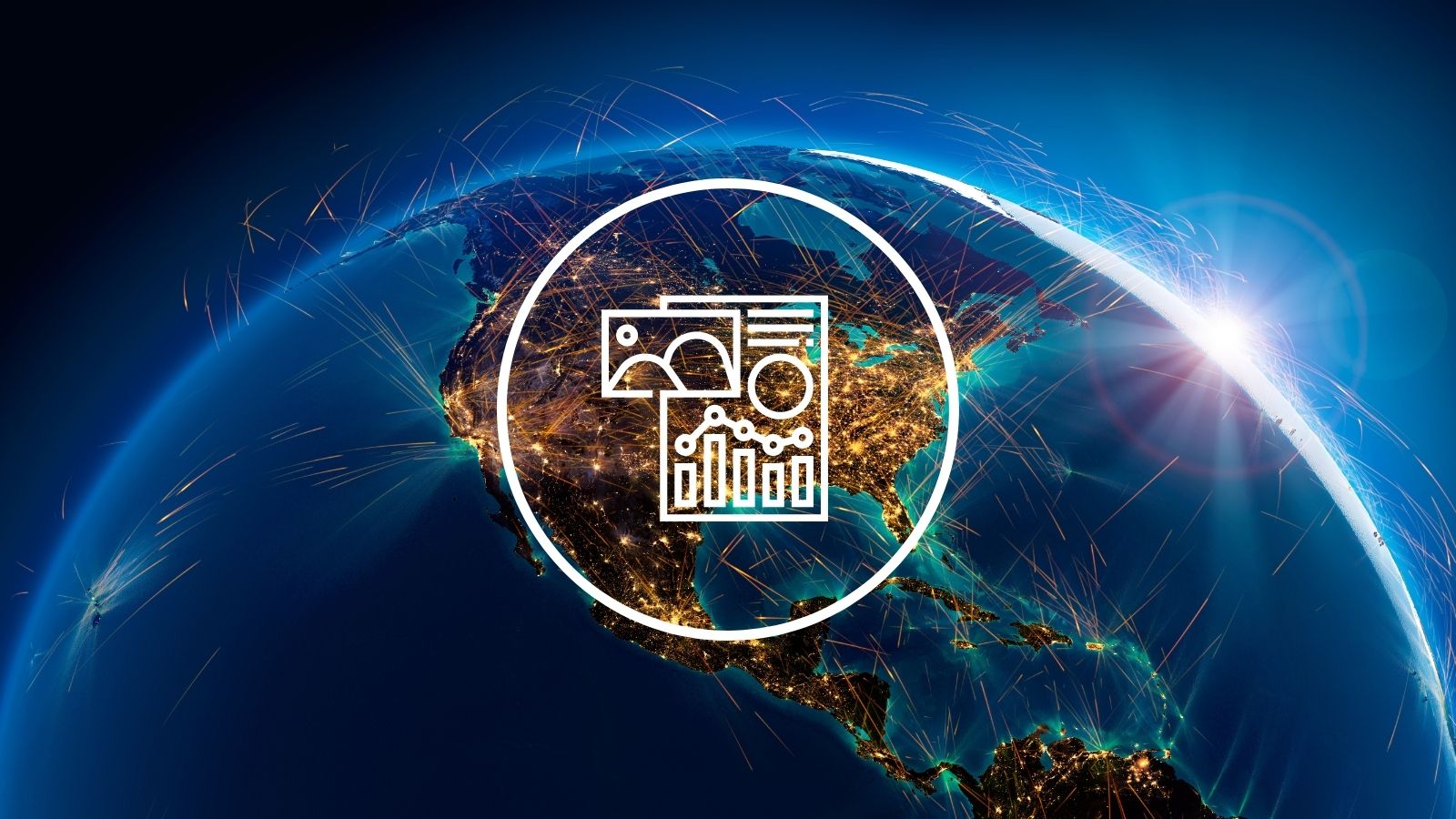Are you ready for change?
In the ever-evolving world of finance, businesses are constantly adapting to new challenges, regulations, and technologies. But there is always one constant in the chaos: change itself. Traditional financial processes, once reliant on manual effort and repetitive tasks, are being redefined by automation. Finance automation software is at the forefront of this transformation, streamlining operations and enhancing efficiency through intelligent technologies. And how it has transformed!
Finance automation has gone from just automating basic accounting tasks in the 1970s and 1980s, the emergence of cloud-based solutions in the 2000s, and now increasing use of modern technology to drive increasingly sophisticated and predictive financial processes.
What is Finance Automation Software?
Finance automation software refers to digital solutions that streamline and optimize financial tasks by leveraging technology including Artificial Intelligence (AI), Machine Learning (ML), Robotic Process Automation (RPA), Software as a Service (SaaS), and cloud computing.
Finance automation solutions offer advanced capabilities including reporting, analytics, and seamless integration with existing systems, making them essential for businesses of all sizes looking to improve their financial processes.
These tools reduce manual effort, improve accuracy, and increase efficiency in managing financial processes such as budgeting, forecasting, invoicing, and reporting.
The Importance of Finance Automation in Modern Business
Remember how we mentioned that today the business environment is fast-paced and ever-evolving? To keep up, finance automation is a necessity for improving financial management, reducing operational costs, and boosting productivity.
In particular, automating finance operations can enhance efficiency and save time and resources by identifying and streamlining repetitive manual tasks.
Here are some of the key benefits:
- Reduced Manual Data Entry Errors
- Increased Speed and Efficiency
- Improve Cash Flow Management
- Increased Financial Transparency
- Reduced Risk of Errors and Non-Compliance
By embracing finance automation, business can stay competitive, agile, and better equipped to navigate through increasingly complex financial management.
What if I Like the Way I Do Processing Now?
Change can be frightening, especially when your current financial processes feel familiar and functional. However, just because a system works doesn't mean that it's the most effective or cost-efficient one.
Modernizing the finance department through automation can significantly increase productivity. Furthermore, automation eliminates tedious tasks, improves accuracy, and allows your finance team to focus on higher value work. Done correctly it leads to better
How Do I Know if My Business is Ready?

If your finance team is drowning in paperwork, struggling with communication and delays, or dealing with frequent errors, it's a sign that automation could be a game-changer for your business. Other indicators include rapid business growth, increasing regulations, or the need for real-time finance.
Modern solutions integrate seamlessly with existing systems, meaning that you don't have to overhaul everything at once. Instead, you can gradually implement automation to enhance efficiency and help acclimate to the change.
What is the Difference Between Finance Automation Software and Accounting Automation Software?
While finance automation and accounting automation software follow the same basic principles and seem similar, they serv different functions within and organization.
-
Finance Automation Software offers a comprehensive view of an organization's financial processes, including cash flow management, financial planning, expense tracking, and strategic decision-making. A finance automation solution streamlines these processes, providing significant advantages such as increased efficiency and reduced operational costs.
-
Accounting Automation Software is more specific to transaction-based tasks and regulatory compliance including invoice processing, payment, and tax compliance. For example, Accounts Payable (AP) automation is a type of accounting automation software.
5 Essential Tools and Their Benefits
Financial automation solutions encompass a range of software tools and services designed to streamline and enhance financial process within organizations. These include:
1. Robotic Process Automation (RPA)
RPA automates repetitive, error-prone tasks such as data entry, invoice processing, and reconciliation. The result is more efficient workflows, reduced manual effort, and accelerated processing times.

2. Artificial Intelligence (AI) and Machine Learning (ML)
AI refers to technology that allows computers to simulate human intelligence, while ML - a subset of AI - allows systems to learn from data and improve over time. Together these technologies improve financial forecasting, strengthen fraud detection, and identify exceptions by analyzing patterns and making data-driven predictions.
3. Cloud-Based Solutions
Cloud-based solutions provide secure, real-time access to financial data from any location. By centralizing financial information in the cloud, businesses can increase accuracy, increase collaboration, improve decision-making, and ensure scalability without the need for on-premises infrastructure.
4. Optical Character Recognition (OCR)
OCR technology extracts and processes data from scanned or emailed documents, invoices, and receipts. It then converts this information into machine-readable text. By eliminating the need for manual data entry, OCR technology accelerates processing and minimizes errors.
5. Enterprise Resource Planning (ERP) Systems
ERP systems integrate various financial functions such as accounting, procurement, and reporting into a single platform. By centralizing financial data and automating key processes, ERP solutions improve efficiency, increases data transparency, and support better strategic decision-making.
Overall Finance Automation Benefits
The right finance automation solution offers several overall benefits to businesses. These include:
- Increased Efficiency: Automation eliminates manual data entry and other time-consuming tasks, freeing up finance teams to focus on more strategic higher-value activities. This leads to faster processing times and more efficient workflows.

- Improved Accuracy: Automated processes reduce the risk of human error, ensuring that financial data is accurate and reliable. This accuracy is critical not just for making informed business decisions and maintaining regulatory compliance, but also to avoid costly and timely error correction.
- Enhanced Financial Reporting: Automation enables real-time financial reporting, allowing businesses to track performance with greater accuracy. In addition, by reducing manual data entry errors, ensuring consistency, and enabling faster reporting, automation helps in strategic planning and performance monitoring. It also creates a detailed audit trail that improves compliance.
- Better Cash Flow Management: More effective control of cash flow reduces the risk of late payments and helps improve relationships with suppliers.
- Reduced Costs: Automation reduces the need for manual labor, lowering costs and improving profitability. With more efficient financial processes, organizations can achieve significant cost savings and better resource allocation.

What Key Finance Processes Should be Automated?
There are certain key finance processes where automation can deliver the greatest impact, reducing bottlenecks, improve accuracy, and enhancing overall financial agility:
1. Accounts Payable & Receivable
Automating invoice approvals, payment processing, and collections accelerates cash flow, reduces manual errors, and improves both vendor and customer relationships.
2. Expense Management
Automatic expense management streamlines reimbursements, helps enforce regulatory or policy compliance, and provides real-time visibility into spending. AI-powered tools can find exceptions, prevent fraud, and seamlessly integrate with accounting software for a smoother reconciliation process.
3. Financial Reporting
Generating financial reports such as financial statements and balance sheets manually can be costly, time-consuming, and error prone. Automation ensures accurate, real-time reporting that enables better decision-making and regulatory compliance.
4. Tax Compliance & Audit Preparation
Automating tax calculations and audit trails minimizes compliance risks by ensuring compliance with changing regulations, automatically maintaining a digital audit trail, and reducing the risk of penalties through improved accuracy and record-keeping.
5. Budgeting & Forecasting
AI-driven forecasting tools analyze historical data, market trends, and real-time financial inputs to create data-driven budgets, projections, and reports. This improves planning, helping businesses to make proactive financial decision and quickly adjust when necessary.
How Do I Choose Good Financial Automation Software? 
All the things that are mentioned sound amazing, however selecting the right finance automation tool is critical to reap the full benefits of automation. Before even starting the selection process, organizations need to thoroughly evaluate their business needs and goals. This will allow you to select a financial automation tool that is aligned with your business objectives and improves your financial management processes.
You should be able to easily answer the following questions:
1. What financial process do you want to automate?
You should identify the specific financial process that would benefit most from automation.
2. What are the financial reporting requirements?
Ensure that whatever tool that you select can meet your financial reporting needs, providing accurate and timely reports.
3. Do you need to integrate with any other software?
Check ahead of time if the automation tool can seamlessly integrate with your current accounting systems and other software.

4. What is your budget?
Identify how much you can spend on financial automation software and look for those that offer the best value for your investment.
5. What are your scalability requirements?
Choose software that can scale with your business and adapt to changing needs.
Current and Future Trends in Finance Automation
The landscape of finance automation continues to evolve with emerging trends:
- AI-Powered Predictive Analytics: Machine learning algorithms refine financial predictions and risk management strategies.
- Blockchain for Secure Transactions: Blockchain technology enhances security and transparency in financial transactions.
- Hyperautomation: Combining RPA, AI, and ML for end-to-end automation across financial functions.
- Real-Time Financial Insights: Cloud-based dashboards provide real-time visibility into financial performance.
- Embedded Finance: Financial services are integrated into non-financial platforms for seamless transactions.
Security, Risks, and Common Challenges in Finance Automation
While finance automation software offers numerous benefits, it also comes with risks and challenges. A comprehensive finance automation solution can mitigate these risks by streamlining financial processes, reducing operational costs, and increasing efficiency.
- Data Security & Cyber Threats: Protecting sensitive financial data from cyberattacks and breaches is crucial. Implementing encryption, multi-factor authentication, and secure cloud solutions can mitigate risks.
- Integration Challenges: Ensuring seamless integration with existing ERP and accounting systems can be complex.
- Regulatory Compliance: Businesses must keep up with evolving financial regulations and ensure automated solutions comply with industry standards.
- Change Management: Transitioning from manual to automated processes requires proper employee training and a cultural shift within organizations.
The Future of Finance Automation
As businesses continue to embrace digital transformation, finance automation software will become more sophisticated. AI-driven decision-making, enhanced security measures, and seamless integrations will define the next era of financial management. Furthermore, a comprehensive finance automation solution will evolve to meet future needs by continually offering increasingly advanced functionalities and quicker implementation timelines.
The bottom line? An organization that adopts finance automation will gain a competitive edge through improved efficiency, reduced costs, and enhanced strategic planning.
The Yooz Advantage: Deliver What You Need When You Need It

Yooz is a global Accounts Payable (AP) automation powerhouse, helping finance departments to optimize their invoice processing, reduce manual workloads, and gain real-time visibility into their AP operations.
By leveraging AI-driven automation, Yooz eliminates inefficiencies, reduces errors, and accelerates payment cycles, allowing businesses to optimize their cash flow and strengthen relationships.
Have existing software?
Yooz already has seamless integration with over 250 ERP and financial systems to ensure a frictionless experience for organizations of all sizes.
Worried about technology advancements?
Yooz invests in its own in-house research, ensuring that finance teams stay ahead with cutting-edge AP automation solutions.
Ready to learn more?
Reach out today to learn more about what Yooz has in store for you!

FAQs
What is finance automation software?
Finance automation software is a digital solution that streamlines financial tasks including invoicing, reporting, and expense management. It uses modern technologies including AI, ML, and cloud computing.
How does finance automation reduce errors?
Automation eliminates manual data entry and human errors by using modern technology to process transactions accurately, detect exceptions, and ensure compliance with local and global financial regulations.
Do I need technical expertise to use finance automation software?
No, most finance automation tools are designed to be user-friendly with intuitive dashboards and seamless integrations, making them accessible for employees without technical expertise.
Can finance automation software work with my existing accounting system?
Yes, most finance automation solutions are designed to integrate with the most common accounting and ERP systems. Cloud-based platforms and APIs enable a smooth data flow between systems, ensuring a seamless transition without completely overhauling your entire financial infrastructure.
Is finance automation software suitable for a small business, or is it just for larger organizations?
Finance automation can benefit businesses of all sizes. Many solutions also offer scalable pricing to fit different business needs.






